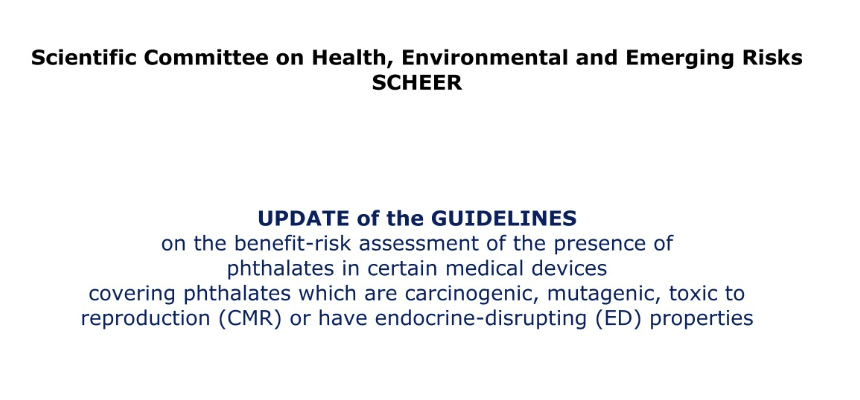
The European market prioritizes the safety and efficacy of medical devices. The MDR (EU Regulation 2017/745) governs the entire lifecycle of these devices in Europe, ensuring they function as intended and minimize risks.
Achieving MDR Compliance: The Role of Standards
Following EU-harmonized standards published in the Official Journal of the European Union is a recommended approach for MDR compliance. These standards provide a roadmap for essential aspects of medical device development.
Standards for Risk Management and Biological Evaluation:
– EN ISO 14971 outlines a comprehensive risk management process for medical devices.
– EN ISO 10993-1 defines biological evaluation and testing within the risk management process. It emphasizes a case-by-case approach, considering factors like contact duration and body part contact to determine appropriate biological evaluation methods.
Additional EN ISO 10993 standards delve deeper into specific tests for various biological evaluation endpoints. For instance:
– EN ISO 10993-17 and 18 guide toxicological risk assessment and material characterization.
– Furthermore, device-specific and clinical investigation standards might also be relevant. By adhering to these standards, manufacturers can promote the safety and effectiveness of their medical devices in the European market.
Special Considerations for CMR/ED Phthalates
– The MDR restricts the use of certain phthalates, known as CMR/ED phthalates, due to potential health concerns.
– Manufacturers should prioritize alternatives whenever possible.
– If using a restricted phthalate is essential, a justification based on a thorough risk-benefit analysis is required.
– Following these regulations and standards is crucial for ensuring patients have access to safe and effective medical devices.
Want to learn more? Our experts can provide further insights into these updates. Check out the tour site at https://lnkd.in/dreiWTp7.